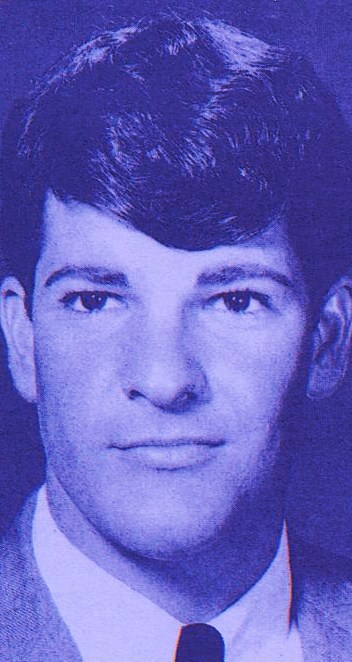The best that can be said of Cotton Watts, the Florida Panhandle's last professional blackface entertainer, is that he was the product of an unenlightened age.
From 1947 to 1959, Watts was a staple of Panama City Beach summer nightlife, appearing at both the 98 Club and the near-by Surf-and-Sand Club.
Watts, a white entertainer, would perform parodies of the traditional songs, dances, and speech patterns of southern rural African-Americans, his face darkened with burnt cork.
Watts' career dated to the 1920s when he and Bud Davis formed a blackface duo that toured the nation's leading vaudeville circuits. It was Davis, manager of Panama City's Ritz Theater, who brought Watts to town. Watts performed three shows nightly, with his wife Chick--also in blackface--acting as mistress of ceremonies.
Recently, two minutes of rare film footage from a 1954 Cotton Watts' stage show surfaced. In it, Watts--dressed in his trademark leopard skin suit, white bow tie and oversized floppy shoes--runs through the following routine with Chick:
CHICK: I'm making a motion picture called The Lion Tamer.
COTTON: Ain't but one kinda lion I mess with...dat's a dandelion. Hey hey-y-y!
CHICK: Meet me tomorrow at the zoo at 9am. I want to get a moving picture of you in the lion cage.
COTTON: If you e-e-ever gets a picture of me in the lion cage, I'll be movin' alright!
CHICK: This lion's tame. He'll eat right off your hand.
COTTON: ...an' off yo' leg, too!
CHICK: But you don't understand. This lion was raised on milk.
COTTON: So was I, but I eats poke' chops now!
CHICK: All I want to do is snap your picture while you enter the cage.
COTTON: Well you better snap me when I enter, 'cause you'll n-e-e-ver be able to focus when I leaves...'cause I'm Alabama bound!
(While the band strikes up a ragtime tune, Cotton performs a loose-limbed soft-shoe and tap, finally shuffling off-stage to applause. In the last seconds of film we catch a glimpse of the audience. Naturally, it's an all-white crowd).
The art of blackface minstrelsy has an interesting if reproachful history. The Encyclopedia of Popular Culture calls it, "the first uniquely American form of entertainment, developed not long after the Revolutionary War, as the young United States attempted to assert a national identity distinct from Britain's."
By the 1840s, minstrelsy had become America's most popular form of entertainment. Blackface comedians performed in virtually every vaudeville troupe through the 1920s.The genre didn't die with the advent of motion pictures, either. The first "talkie"--The Jazz Singer--featured a blackface Al Jolson singing Mammy.
When radio became America's primary entertainment vehicle, a blackface comedy team created the nation's most popular show: Amos 'n Andy.
By the 1950s, however, America had entered a new era of racial and social consciousness, and blackface was viewed as reinforcing a demeaning stereotype. Only in the Deep South did the genre continue, right up to the dawn of integration.
But the minstrel legacy, according to the Encyclopedia of African-American Experience, "is not wholly negative. Mistrelsy's energy, fast-paced rapartee, puns, double-entendres...had a major impact on American musical theater, motion pictures, radio and television...that transformed American humor."
Cotton Watts would have been one of the nation's last professional blackface comics. When he walked off the Club 98 stage for the last time in the summer of '59, the anachronistic art-form of an unenlightened era retired with him.
--Ken Brooks, Panama City News Herald, Aug. 20, 2000
Sunday, May 25, 2008
Subscribe to:
Post Comments (Atom)





















No comments:
Post a Comment